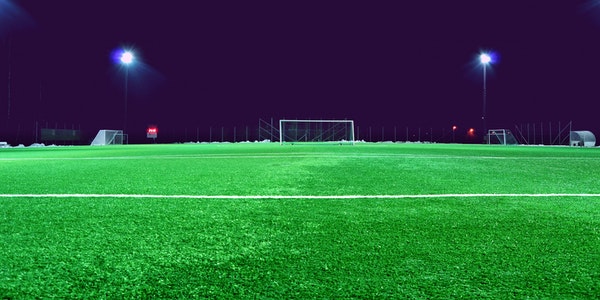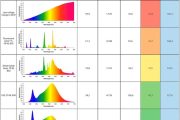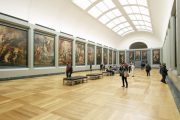Lighting Terms
Lighting technology, like any other technology and scientific discipline, has its own proprietary terminology. These special terms and concepts are used to define the characteristics of lamps and luminaires and unify the units of measurement. The following are some important lighting terms.
Light and radiation
Light and radiation (Light and radiation); Light refers to the bright electromagnetic radiation that the human eye can perceive. It can also be said that the human eye can see the part of the entire electromagnetic radiation spectrum; the wavelength of this part is distributed from 360 to 830 nm, which is only known A very small part of the electromagnetic radiation spectrum.
Luminous flux
The unit of luminous flux (Φ) is: lumens (lumen, lm); all radiant energy emitted by a light source and perceived by the human eye is called luminous flux. Generally speaking, the light source emits its luminous flux with different intensity in different directions. The intensity of visible light emitted in a specific direction is called light intensity.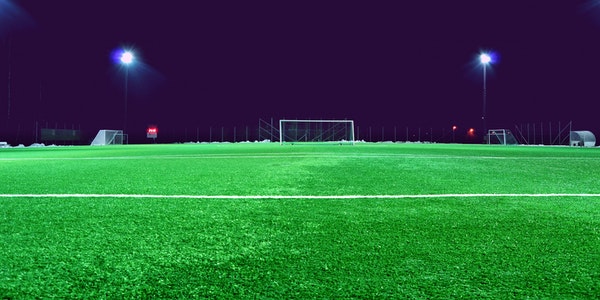
Illuminance
Illuminance (Illuminance, E) Unit: Lux (Lux, lx); Illuminance is the ratio of luminous flux to the illuminated surface. The illuminance of 1lux is 1lumen and the luminous flux is evenly distributed in an area of one square meter.
Brightness
Luminance (L) unit: candela per square meter (cd/㎡); the luminance of a light source or an illuminated surface refers to the light intensity density of a unit surface in a certain direction, which can also be said to be perceived by the human eye The brightness of the light source or illuminated surface.
Color temperature
Color temperature (Co1orTemperature) unit: absolute temperature (Kelvin, K); the color temperature of a light source is defined as the “blackbodyradiator” with the same light color as the absolute temperature value of itself. This temperature can be generalized on the chromaticity diagram Find the corresponding point on the Ronk trajectory. The higher the temperature of a standard black body, the more blue components in the spectrum of light radiated by it, and the less red components. The ordinary incandescent bulbs whose light color is warm white As an example, its color temperature is 2700K, while the color temperature of daylight fluorescent lamps is 6000K.
The color temperature of incandescent lamp is 2700K, and the color temperature of fluorescent lamp is 2700K, 3000K, 3200K, 3500K, 4000K, 4200K, 6500K. The color temperature of fluorescent lamp produced by different fluorescent lamp manufacturers is not the same. A brand of fluorescent lamp of 3000K~4200K generally has two color temperatures, 6500K , Most brands of 2700K have.
Light color
Lightcolor; the light color of a lamp can be simply expressed in terms of color temperature. The light colors mainly used in lighting design can be divided into three categories:
Warm color light: below 3300K, daylight white: 3300K-5000K, cold color light: above 5000K.
Color rendering
CRI (Color rendering index). That is, the ability of the light to display the true color of the object.
Metering Formula
I Light intensity (cd) = luminous flux within the solid angle / solid angle Ω (sr)
E Illuminance (lx) = luminous flux falling on a certain area (lm) / area of the illuminated surface (㎡) = light intensity (cd) / (distance [m])
L Luminance (cd/㎡)=light intensity (cd)/the area of the illuminated surface seen [㎡]
η Luminous efficiency (lm/W) = generated luminous flux (lm) / power consumption (W)
Luminous efficiency (Luminousefficacy, η) unit: lumens per watt (lm/W)
Represents the efficiency of the light source to convert the consumed electrical energy into light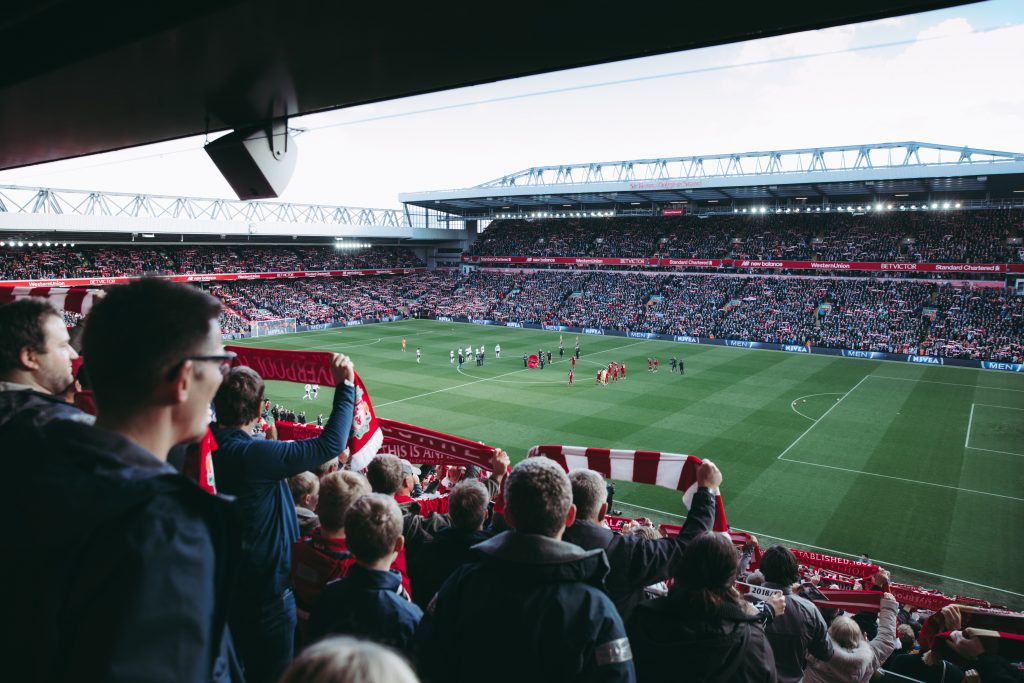
Projection direction
The correct direction of light projection is closely related to a good three-dimensional appearance. When we engage in different activities indoors, we not only need different illuminance, but also consider the difference in lighting methods. For example, when reading and writing, the light should come from the rear (preferably the left rear) to improve reading efficiency; when observing three-dimensional things, the light should come from the left or right to highlight the three-dimensional sense of the material. It can be seen that the correct direction of light projection helps us to carry out corresponding visual activities.
If a room adopts the correct lighting method for different activities and objects, the overall appearance of the room can be beautified. For this reason, the directivity of the lighting light should not be too strong, so as to avoid heavy shadows, and the shape is rigid; the light should not be too diffuse and uniform, so as to avoid lack of brightness changes, making the shape dull and the environment monotonous.
Safe Environment
Electricity safety is the primary prerequisite for lighting design. In order to ensure personal health and prevent electricity accidents, the laying of lighting lines and the installation of lamps should strictly abide by the electrical regulations promulgated by the state (for example, the lamp holders of lamps should not be exposed, and the sockets of children’s rooms should be Relatively hidden, etc.).
The standards were drafted by the Ministry of Urban and Rural Development, numbered, submitted to the State Council for review, and implemented in accordance with national standards. Must be strictly enforced. The original national standard “Architectural Lighting Design Standard” shall be repealed at the same time. This standard is published and issued by the China Construction Industry Press organized by the Standard Rating Institute of the Ministry of Housing and Urban-Rural Development.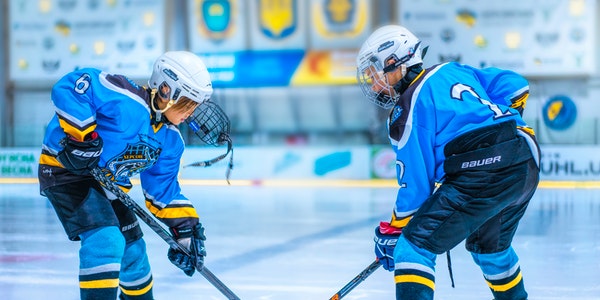
The formulation of this standard will help the lighting situation of urban and rural buildings to be greatly improved, and also point out the direction for the future development of urban and rural architectural lighting. According to the relevant regulations of the standard, it will play a huge role in promoting the future development of the lighting industry, and also provide a legal basis and standard standards for related enterprises and specific implementers in the lighting industry, and play a specific role in regulating the lighting industry.
Light Health
In modern home decoration, people often pay special attention to lighting effects, beauty and energy saving in the selection of lamps, but do not care about the lighting methods and the health problems brought by lamps.
Whether home lighting is used well or not, the core is a “light health” issue. The so-called “light health”, first of all, lighting must meet the functional requirements of the place, which is the problem that consumers often say whether it is bright or not beautiful; secondly, lighting must meet people’s psychological requirements, such as color temperature, brightness and emotions. Influence, and whether light and shadow are harmonious. Unreasonable lighting tools and inappropriate lighting methods can have a great impact on health. Bright light can change the brain’s internal clock and control sleep. Working under the light for a long time will reduce the body’s absorption of calcium. The strong light wave will also increase the abnormal cells and the death of normal cells.
In terms of meeting functional requirements, the quality of the light source has a great impact on lighting. A high-quality light source can achieve the same effect as sunlight, while a poor-quality light source will not only distort the visual effect, but the eyes are easily fatigued by long-term exposure to inferior light sources. If the brightness of the light is unbalanced, for example, the brightness of windows or other areas is much higher than that of the room, people will feel glare, which makes people very uncomfortable, and seriously damages visual function.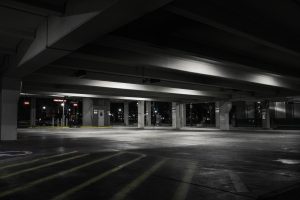
So how to choose high-quality lamps? A high-quality lamp is not only durable, but also meets the relevant national standards in environmental protection, allowing consumers to use it with confidence. First, you should go to a reputable building material store or supermarket to buy products in formal packaging. The next step is to distinguish the color of the lamp. When the lamp is lit, approach it with the palm of your hand. Generally, energy-saving lamps are not hot. If the palm is still the original red color, it is a qualified lamp. If the palm becomes green and gray, it is an unqualified lamp. A good lamp not only saves energy, but also has healthy light color, which makes people comfortable and protects eyesight. And inferior lights look like a layer of fog when looking at things at night. Many manufacturers of lamps with regular brands on the market have been recognized for their production capacity and level, with high product credibility and quality assurance, so you can buy with confidence.
Design Concept
A comprehensive understanding of lighting quality and the emergence of new lighting technologies have contributed to the innovation of design concepts and techniques. People-oriented, personalized design-popularize lighting control, caring for individual different needs for light, and pursue personalized lighting style; focus on the choice of light and color, use light to create mood and atmosphere, and meet people’s psychological and spiritual pursuits; Non-uniform lighting, dynamic lighting, at the time when light is needed, the right amount of light is delivered to the place where it is needed; the complementation and intersection of indoor and outdoor lighting techniques; the application of stage lighting techniques-colored lighting, dynamic lighting, portraying key points, and concealment light source.
The communication and cooperation between lighting designers and architects are getting closer. Excellent lighting design and lighting concepts must enter the architectural plan as soon as possible, integrate architectural design and interior design, and make “light” an organic part of architecture and indoor and outdoor space design. Support and present the creativity of architecture and interior design to realize the expectations and requirements of users. For this reason, communication and cooperation between lighting designers and owners, users, architects, and planners are very important, and this kind of cooperation is getting closer.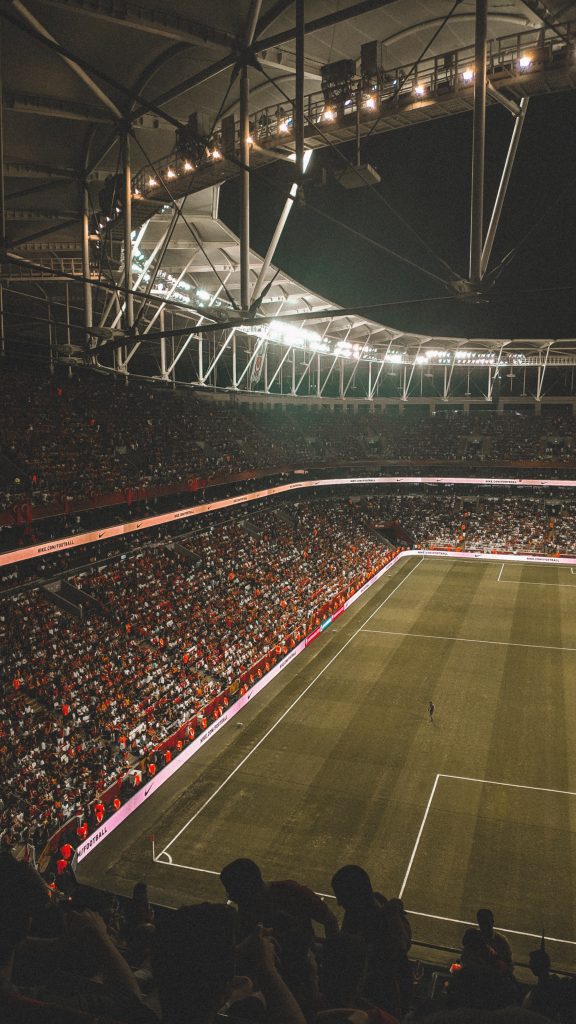
The Difficulties Faced
Through the continuous development of LED lighting, people will continue to upgrade the concept of LED lighting. Therefore, the design of LED lamps will also face severe challenges. The main problems are:
Energy saving
The LED component materials show that since the LED light source is a cold light source, the semiconductor lighting has a wide range of environmental conditions. Compared with incandescent lamps and fluorescent lamps, the power saving effect can reach more than 70%. Under the same brightness, the power consumption is only 1/10 of that of color-reducing incandescent lamps and 1/2 of fluorescent tubes. If LED lamps are used to replace 50% of our existing lighting lamps, the electricity saved in our country each year is equivalent to the total power generation of a Three Gorges Power Station, and its energy-saving benefits are outstanding.
Harden
LED is a green light source. LED lights are driven by DC, no flicker, no infrared and ultraviolet components, no radiation turbidity, high color rendering and strong luminous bias, good dimming performance, and no visual flow when the color temperature changes; cold light source It has low heat and can be touched safely; these are beyond the reach of traditional incandescent lamps and fluorescent tubes. It can not only provide a calming light space, but also meet the tough needs of freehand people. It is a tough light source that protects eyesight and is environmentally friendly.
Artistic
The art of LED lighting design lies in whether the appearance of LED is beautiful or not. The appearance of LED lighting is not mature enough, the aesthetics is not enough, the shape change situation is less, and it is more fixed.

